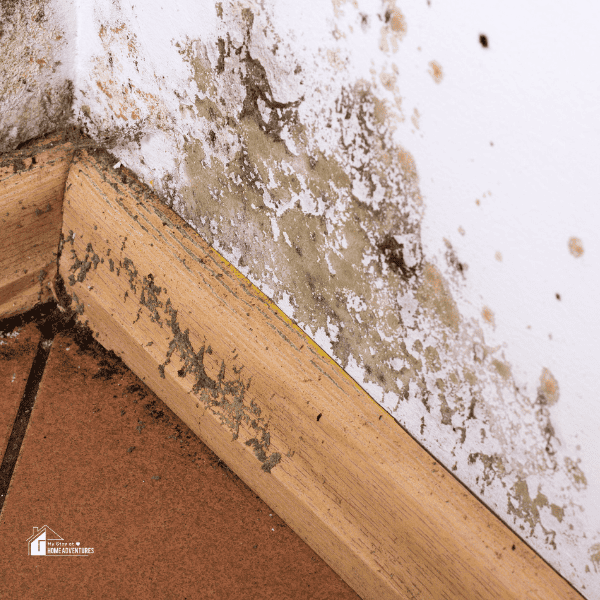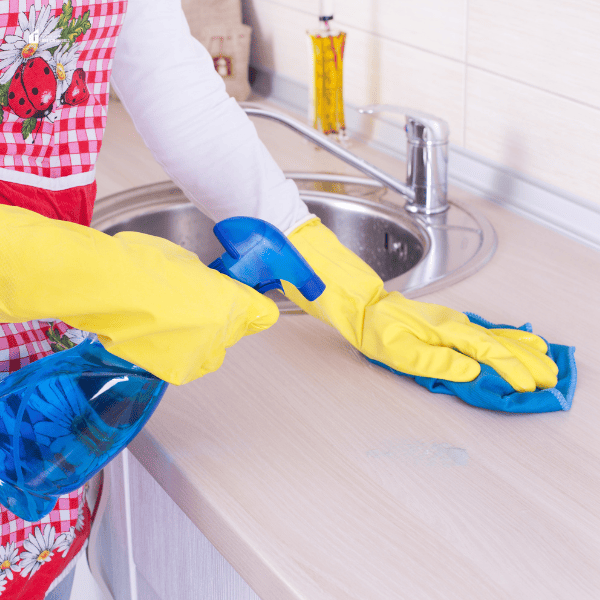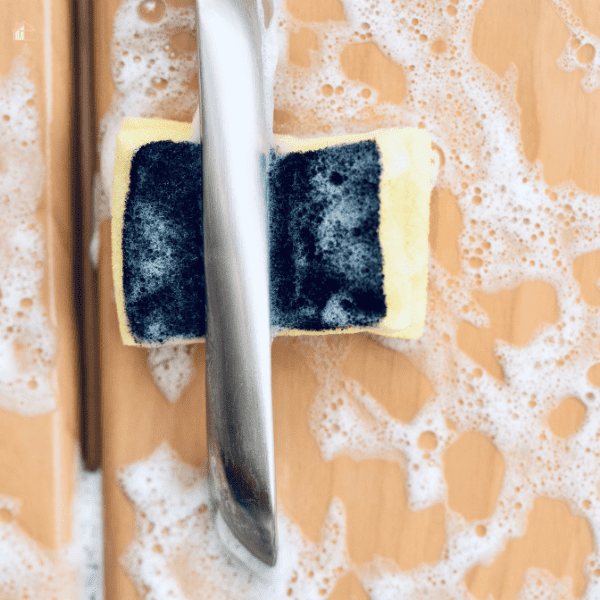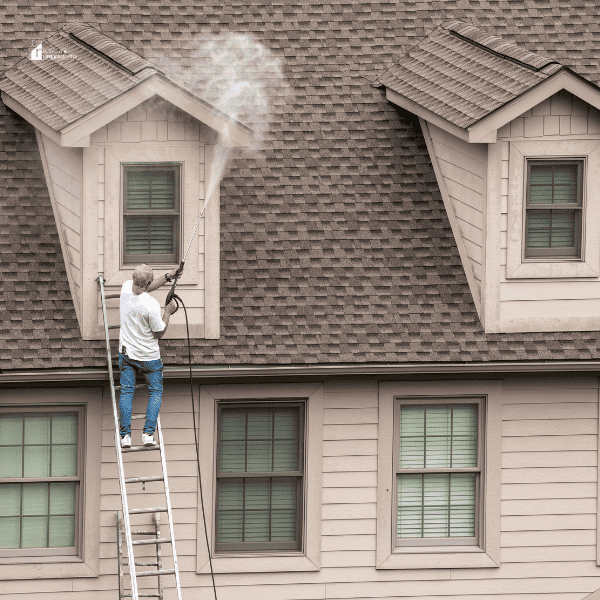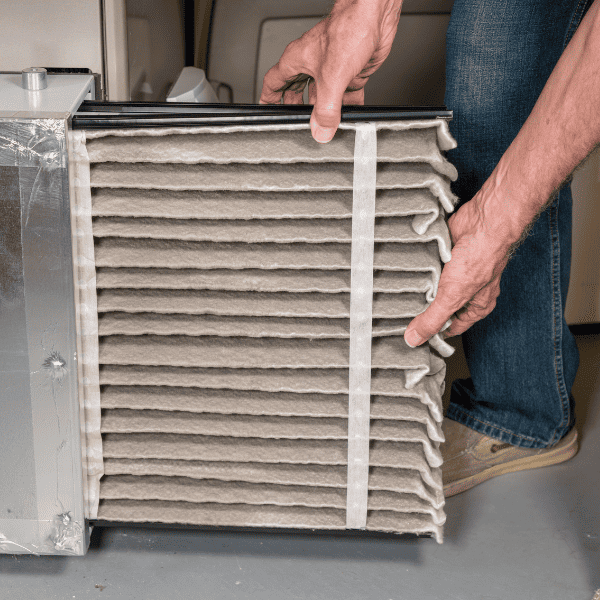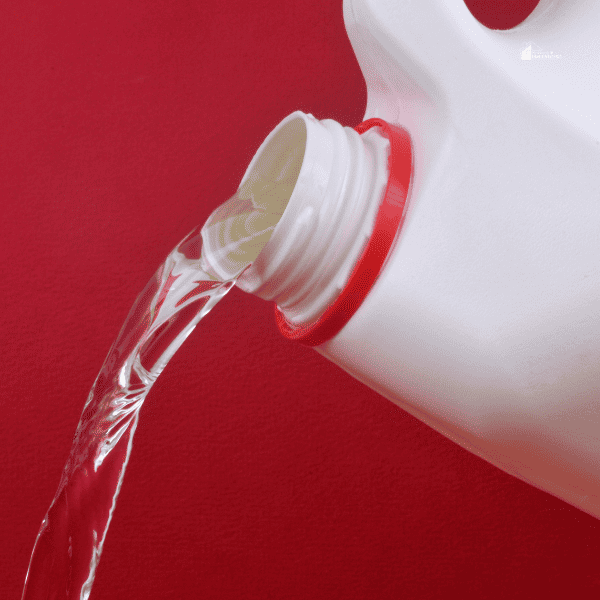Can You Kill Mold on Carpet?
This post may contain affiliate links which might earn us money. Please read my Disclosure and Privacy policies hereAre you dealing with mold in your carpets? If so, don’t worry—you’re not alone! Mold can be a real nuisance, and it can be difficult to get rid of. But don’t fret; we’ve got you covered.
Mold in carpets can be a real problem for any homeowner. It is important to take action quickly to remove the mold and stop it from spreading, as it can be dangerous to your health.
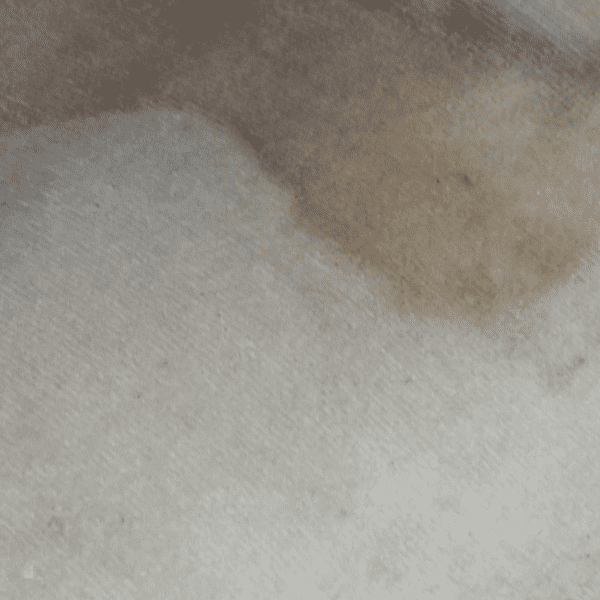
Is carpet mold toxic?
Carpet mold can be toxic, and it's important to be aware of its potential health risks. Mold presence can cause a range of health problems, from runny noses and headaches to potentially more serious issues like hair loss and cancer.
There are thousands of different mold types lurking in carpets, some of which can cause allergies and create toxic substances like mycotoxins.
Prolonged exposure to these toxins can lead to serious illnesses, so it's important to address any carpet mold as soon as possible.
Taking the appropriate measures to rid your carpets of mold will help ensure the safety and well-being of you and your family.
You might enjoy these cleaning posts:
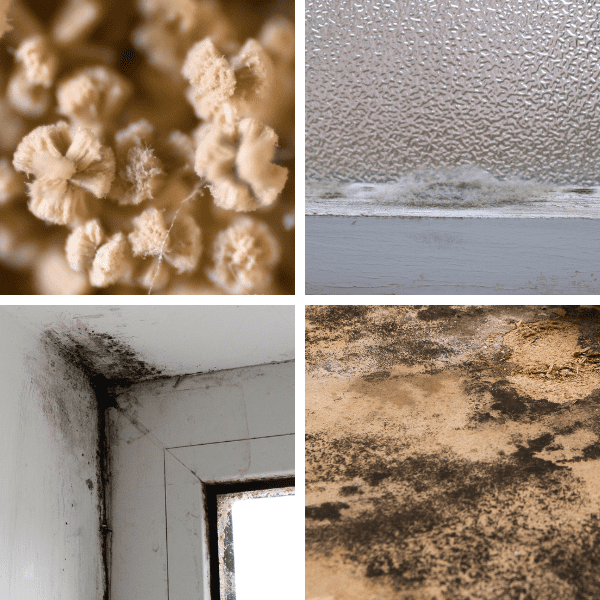
What are the types of mold found in carpets?
Several types of mold can be found in carpets, including:
- Aspergillus: This is a common type of mold that can grow on many surfaces, including carpets. It can cause allergic reactions and respiratory problems in some people.
- Cladosporium: This is another common type of mold that can grow on carpets and other surfaces. It can cause respiratory problems and skin irritation.
- Stachybotrys: Also known as “black mold,” this mold is less common but more dangerous than others. It thrives in damp environments and can produce mycotoxins that can cause serious health problems when ingested or inhaled.
- Fusarium: This type of mold is often found in humid environments, such as bathrooms or basements, but it can also grow on carpets. It can cause skin irritation and respiratory problems.
It's important to promptly address mold growth in your carpet to prevent further spread and potential health risks. If you suspect you have a mold problem in your home, it's recommended to contact a professional for proper removal and remediation.
What does carpet mold look like?
Carpet mold can look like dark spots or patches on your carpets, usually black or green in color. They often have a musty smell and can be found in damp areas of the home, such as bathrooms, basements, and near windows.
If you notice any suspicious-looking discoloration on your carpets, it's best to assume it's mold and take action immediately. Contact a professional for inspection and removal as soon as possible.
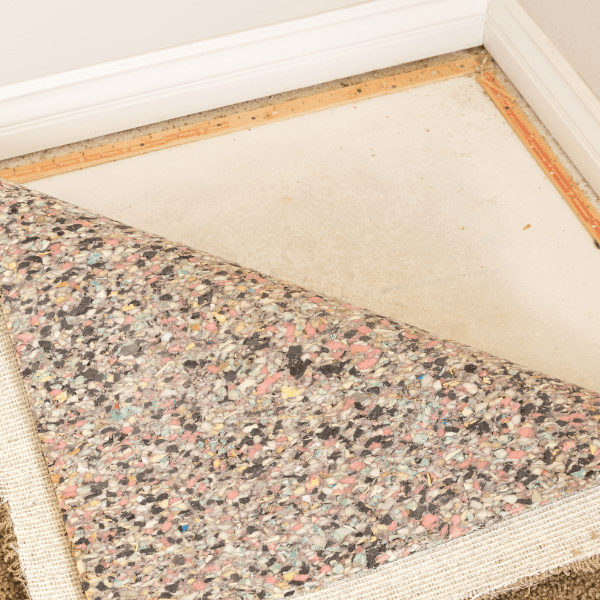
How common is mold in a carpet?
Mold in carpets is common, especially in humid or damp climates. It's important to take action as soon as you notice mold growth to prevent it from spreading and causing health problems for you and your family. You can keep mold out of your carpets for good with the right prevention and cleaning methods.
If left unattended, carpet mold can spread quickly throughout a home, so it’s important to take steps to remove it immediately.
Professional cleaners can help you identify the source of the problem and recommend the best methods for removal.
Regular carpet cleaning can also help prevent mold growth, as it removes moisture and other chemicals that may create an ideal environment for mold growth.
How to Remove Mold From Carpet
Fortunately, there are a variety of methods for killing mold in carpets, ranging from baking soda and white vinegar to hydrogen peroxide, dish soap, water, borax, and tea tree oil.
We will explore the best ways to kill mold in carpets so that you can keep your home clean and healthy.
Baking Soda to Remove Mold
Baking soda is a great choice for removing mold from carpets. In addition to being effective at killing mold, baking soda is also safe and easy to use.
The process is simple.
- First, sprinkle some baking soda onto the affected area of the carpet, then leave it overnight. This will allow the baking soda to soak up moisture and odors.
- Vacuum the baking soda up the next day, and you should find that your carpet has been cleaned of mold.
White Vinegar to Remove Light to Medium Mold Growth
White vinegar is an effective and natural way to kill mold on carpets, as it has a pH level of 2.0 and is acidic enough to kill most types of mold. It's safe to use on carpets because it won't damage the material like some chemical cleaners.
To use white vinegar, mix one part vinegar with one part water and spray it over the affected area. Let the solution sit for a few hours before dabbing it up with a moist cloth. You can repeat the process if the area still shows signs of mold.
Baking soda can also be used in combination with white vinegar to help kill mold more effectively. Simply sprinkle baking soda onto the affected area before spraying it with vinegar. This combination can help to break down any excess moisture and make sure that all of the mold spores are eliminated.
Using a Carpet Cleaner to Kill Mold
Using a carpet cleaner is another great way to kill mold in your carpet. Carpet cleaners are especially useful if the mold has penetrated deep into the fibers of your carpet.
Simply spray the affected area liberally and allow the cleaner to penetrate the fibers and kill off any mold spores. You can also use a steam cleaner to help remove mold from your carpet, as the hot steam helps to kill any remaining spores.
If you decide to use a steam cleaner, it's important to make sure that you keep the area well-ventilated and dry afterward, as dampness can lead to further mold growth.
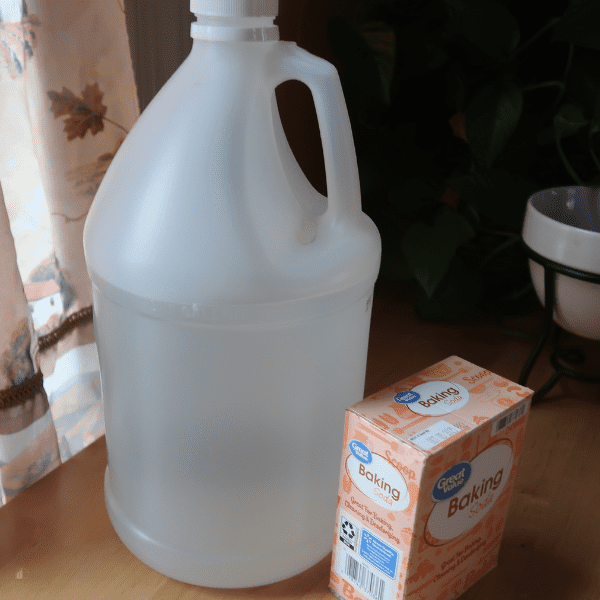
Using Baking Soda and White Vinegar to Kill Mold
Using baking soda and white vinegar is an effective way to kill mold on the carpet. Baking soda is a great natural cleaner that can be used to absorb excess moisture and odors. To use baking soda, sprinkle a generous amount of it onto the affected area.
White vinegar can be used to tackle light to medium mold growth by adding undiluted vinegar to a spray bottle and spraying it directly onto the mold.
Let the vinegar sit for an hour before you scrub, and you should be able to remove the mold without much effort.
Combining these two powerful ingredients lets you quickly get rid of small amounts of mold in your carpet.
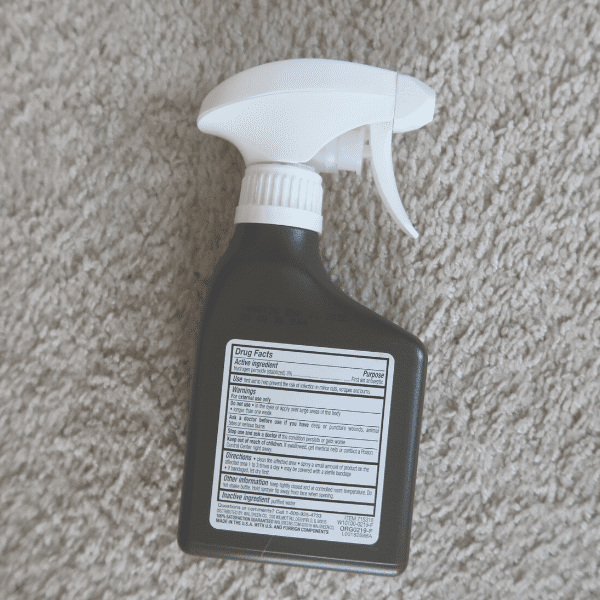
Using Hydrogen Peroxide to Kill Mold
Hydrogen peroxide is another powerful method to kill mold and mildew in carpets. It is a great alternative to bleach and other chemical cleaners as it is safe and doesn't damage the environment.
To use hydrogen peroxide, mix one teaspoon of it in one cup of water and then pour it into a spray bottle.
Spray it onto the mold-infested area, and let it sit for 15 minutes before wiping it dry. Repeat this process as necessary or scrub extra-stubborn stains with baking soda and white vinegar.
Hydrogen peroxide also works wonders to eliminate bad odors often accompanying mold infestations.
With hydrogen peroxide, you will have a clean and fresh-smelling carpet in no time!
Using Dish Soap and Water to Kill Mold
Using dish soap and water is another safe and effective way to remove mold from carpets and rugs. Using hot tap water and roughly a tablespoon of dish soap is important to create a cleaning solution.
This solution can then be combined in a spray bottle and applied directly to the affected areas. Scrubbing the sprayed areas with a brush or cloth will remove the mold fully.
Dish soap and water is an especially effective option when combined with a shop vac or a rug shampoo machine.
As an added bonus, this method of cleaning is non-toxic and safe for all fabrics, making it ideal for carpets, rugs, and other soft items.
It is important to remember that vinegar, baking soda, hydrogen peroxide, and detergent can also be used in combination with dish soap and water for optimal results.
Using Borax to Kill Mold
Borax is a powerful, natural mold killer that can be used to eliminate mold in carpets. To use borax, mix one cup of borax with one gallon of water and sprinkle the solution on the carpet.
Allow it to sit for a few minutes before vacuuming it up. Borax works to kill mold by increasing the pH level, making it difficult for the spores to survive.
It's also a safe and non-toxic way of killing mold, making it an excellent choice if you have young children or pets in your home.
Borax is an effective way of removing and eliminating mold from carpets in combination with baking soda, white vinegar, and hydrogen peroxide.
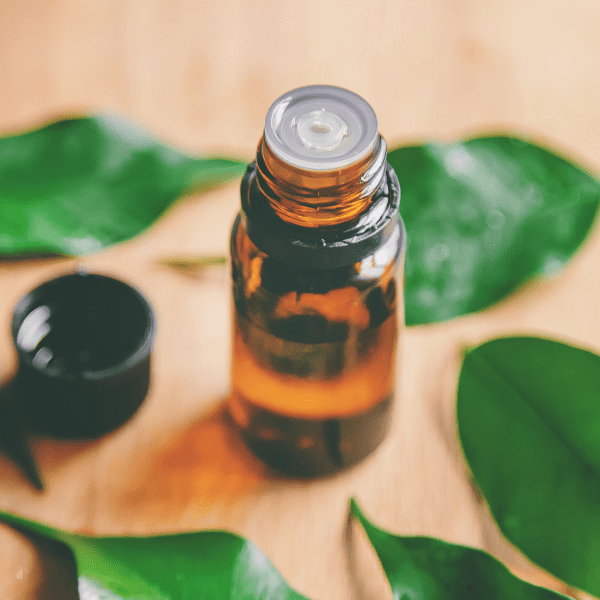
Using Tea Tree Oil to Kill Mold
Tea tree oil is another natural and effective method for getting rid of mold in carpets. It has antifungal properties, making it an ideal solution for killing and preventing the growth of mold. Mix one teaspoon of tea tree oil with a cup of water to use this method, and fill a spray bottle with the solution.
Wear gloves and spray the solution onto the affected area, making sure to cover all areas completely.
Allow the mixture to sit for at least an hour before wiping it off with a damp cloth.
There are several effective ways to kill mold in carpet. Baking soda is an especially popular option due to its natural properties, as it can absorb moisture and help reduce mold growth. White vinegar is also a great choice for light to medium levels of mold growth, as it can be diluted with water to create an effective cleaning solution.
If more powerful cleaning is needed, using a steam cleaner or a carpet cleaner with a mold-killing product is the best way. Hydrogen peroxide, dish soap, and water are great options for killing mold, while borax and tea tree oil can act as natural anti-fungal remedies.
Ultimately, whichever option you choose, make sure that you take the necessary steps to remove any moisture and keep your carpets dry in order to prevent any future mold growth.

